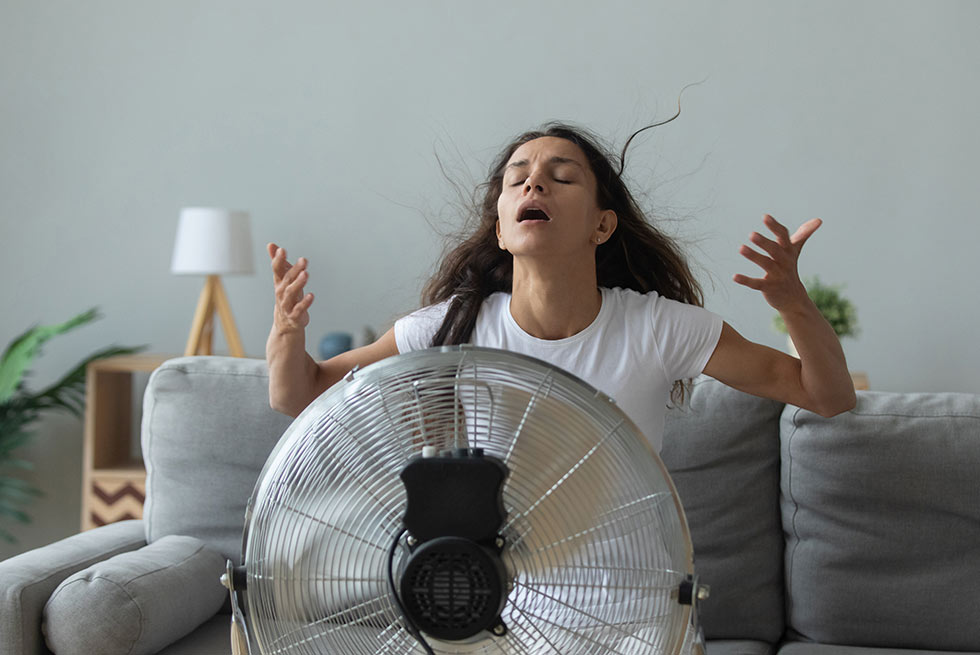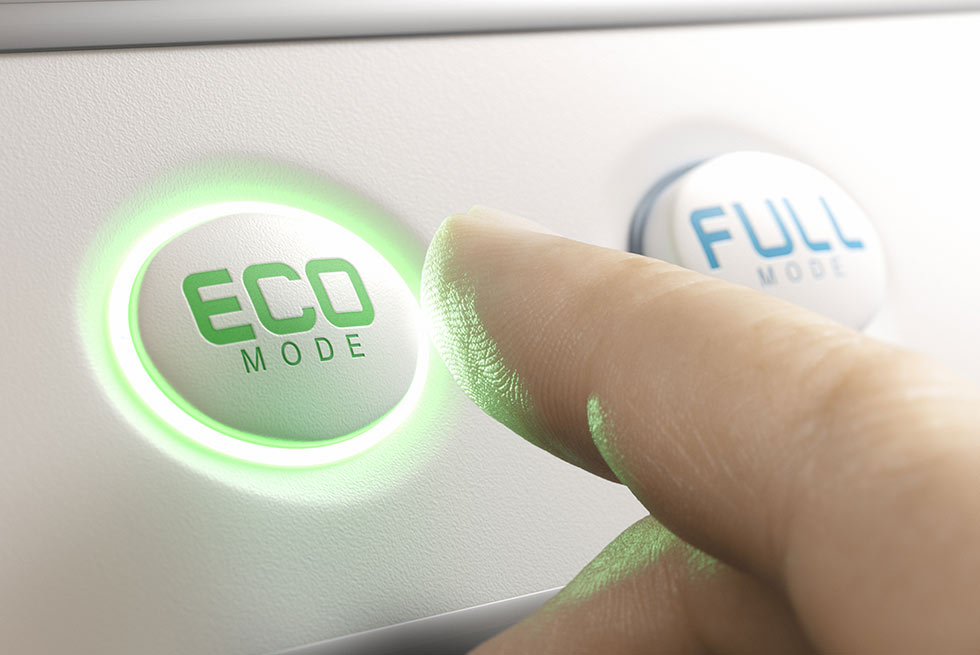What Is the Most Efficient Way to Run an AC Unit?

So, what’s the secret to staying warm without draining your wallet? The good news is, small changes can lead to big savings. In this guide, we’ll break down the most efficient ways to run your HVAC system while maximizing comfort and minimizing costs.
1. Set the Right Temperature (and Stick to It!)
2. Keep Your AC Unit in Top Shape
3. Use Fans to Circulate Cool Air
4. Block Out Cold with Curtains and Blinds
5. Insulate Your Home to Keep the Heat In
6. Avoid Heat Loss from Appliances and Ventilation
7. Use Energy-Saving Modes and Nighttime Settings
8. Optimize Your Heating System Placement
9. Don’t Run Your Heating Non-Stop
10. Consider Upgrading to a More Efficient Heating System
Conclusion: Small Changes, Big Savings
FAQ: Common Questions About Running an HVAC System Efficiently
1. Set the Right Temperature (and Stick to It!)
Pro Tip: Use a Smart Thermostat
Invest in a smart thermostat to automate temperature adjustments based on your schedule. These devices can learn your habits, adjust settings remotely, and even help reduce energy consumption by up to 10% annually.
2. Keep Your AC Unit in Top Shape
A well-maintained heating system runs more efficiently and lasts longer. Regular maintenance can reduce energy consumption by 5-15%.
Maintenance Checklist:
- Clean or Replace Air Filters – Clogged filters restrict airflow, making your system work harder. Clean them monthly and replace them every 3-6 months.
- Check for Leaks and Seal Your Ducts – Leaky ducts can waste up to 30% of heating energy.
- Schedule Professional Tune-Ups – A yearly service can prevent breakdowns and improve efficiency.
- Keep the Vents Unblocked – Make sure furniture or rugs are not obstructing heat flow.

3. Use Fans to Circulate Cool Air
Ceiling fans aren’t just for summer! Running them clockwise at a low speed in winter pushes warm air down, helping to maintain an even temperature throughout the room. This can allow you to lower the thermostat by a few degrees without feeling colder.
4. Block Out Cold with Curtains and Blinds
5. Insulate Your Home to Keep the Heat In
Steps to Improve Insulation:
🔹 Seal cracks and gaps around windows and doors with weather stripping or caulk.
🔹 Use door draft stoppers to prevent cold air from sneaking in.
🔹 Check attic insulation – a well-insulated attic can cut heating costs by 10-20%.
6. Avoid Heat Loss from Appliances and Ventilation
Your home’s heating can be affected by how you use other appliances. Reduce heat loss with these simple steps:
- Close fireplace dampers when not in use to prevent heat from escaping.
- Use a humidifier – humid air feels warmer and retains heat better.
- Limit exhaust fan use – kitchen and bathroom fans pull warm air out, so use them only as needed.

7. Use Energy-Saving Modes and Nighttime Settings
Most modern heating systems have energy-efficient settings, such as eco mode or programmable schedules. These settings adjust the temperature gradually, reducing energy use while maintaining comfort. Lowering the heat by a few degrees at night can save up to 10% on heating costs.
8. Optimize Your Heating System Placement
9. Don’t Run Your Heating Non-Stop
Myth Busted: “Cranking the Heat Warms Faster”
Many people think setting the thermostat to a very high temperature (like 80°F) will heat a room faster. The truth? It doesn’t! The system heats at the same rate regardless of the setting—it just runs longer, wasting energy.
10. Consider Upgrading to a More Efficient Heating System
If your HVAC system is more than 10-15 years old, it may be time for an upgrade. Newer ENERGY STAR-certified models use up to 30% less energy than older units.
Choose the right size – an oversized system cycles on and off too often, reducing efficiency.
Look for high-efficiency furnaces or heat pumps – these models adjust their heating power dynamically, saving energy.
Conclusion: Small Changes, Big Savings
So, the next time winter chills kick in, remember: work smarter, not harder, when it comes to heating your home!
Ready to take your HVAC efficiency to the next level? Start with a smart thermostat or schedule a professional tune-up today!
Call the Pros for Expert Advice
Don’t let winter’s chill catch you off guard—ensure your HVAC system is running like clockwork with a professional inspection from USHA!
Our expert technicians will fine-tune your heating system, identify potential issues before they become costly repairs, and optimize its efficiency to keep your home warm without skyrocketing energy bills.
With routine maintenance from USHA, you’ll enjoy reliable heating, lower energy costs, and peace of mind all season long. Call the pros today and stay warm the smart way!
FAQ: Common Questions About Running an HVAC System Efficiently
Should I turn off my heat when I leave the house?
Instead of turning it off completely, lower the temperature by 7-10°F when you’re away. This reduces energy use while keeping the home from getting too cold.
How often should I replace my air filter?
Is it cheaper to run my heating all day or turn it on only when needed?
It’s more efficient to use a programmable thermostat that warms your home before you return, rather than leaving it running all day.
What’s the best way to warm a room quickly?
Seal drafts, use thick curtains, and set the thermostat to a moderate temperature (around 68°F). Cranking the heat higher won’t warm the room faster!